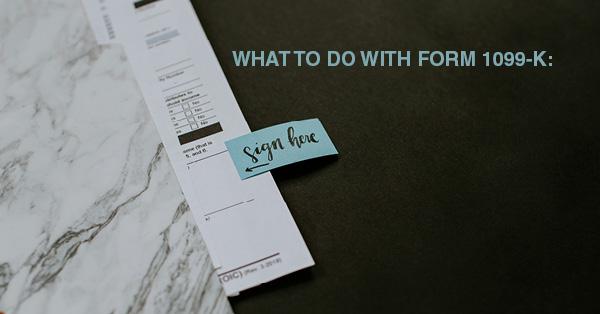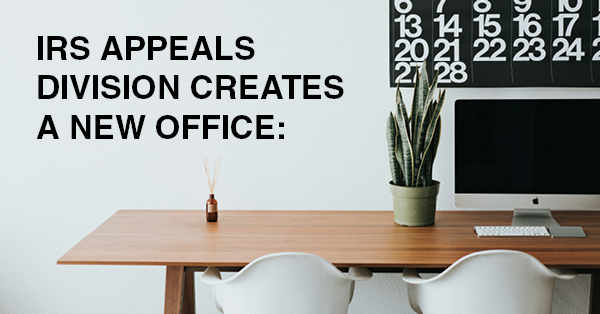WHAT TO DO WITH FORM 1099-K:

The IRS has set up a dedicated page to help with processing Form 1099-K. While the change has been delayed one more year, only those with activity of more than $20,000 AND 200 transactions are mandated to receive a Form 1099-K, some businesses may have started to issue the 1099-K under the proposed new rules. The IRS provides the following guidance if the taxpayer receives a Form 1099-K for the sale of a personal item.
If you sold personal items
You may get a Form 1099-K for personal items you sold through a payment app or online marketplace.
A personal item is something you owned for personal use such as a car, refrigerator, furniture, stereo, jewelry or silverware, etc.
How you report these payments on your tax return depends on whether you sold the item at a loss or a gain. If you sold a mix of personal items at a loss and a gain, report losses and gains separately.
Personal items sold at a loss
A loss on the sale of a personal item can't be deducted from your taxes. But you can zero out the reported gross income so you don't pay taxes on it.
If you sold personal items at a loss, you have 2 options to report the loss:
Report on Schedule 1 (Form 1040)
You can report and then zero out the Form 1099-K gross payment amount on Schedule 1 (Form 1040), Additional Income and Adjustments to Income.
Example: You receive a Form 1099-K that includes the sale of your car online for $21,000, which is less than you paid for it.
On Schedule 1 (Form 1040):
- Enter the Form 1099-K gross payment amount (Box 1a) on Part I – Line 8z – Other Income: "Form 1099-K Personal Item Sold at a Loss, $21,000"
- Offset the Form 1099-K gross payment amount (Box 1a) on Part II – Line 24z – Other Adjustments: "Form 1099-K Personal Item Sold at a Loss $21,000"
These 2 entries result in a $0 net effect on your adjusted gross income (AGI).
Report on Form 8949
You can also report the loss on Form 8949, Sales and Other Dispositions of Capital Assets, which carries to Schedule D, Capital Gains and Losses.
Personal items sold at a gain
If you made a profit or gain on the sale of a personal item, your profit is taxable. The profit is the difference between the amount you received for selling the item and the amount you originally paid for the item.
If you receive a Form 1099-K for a personal item sold at a gain, figure and report the gain on both:
- Form 8949, Sales and other Dispositions of Capital Assets
- Schedule D (Form 1040), Capital Gains and Losses




